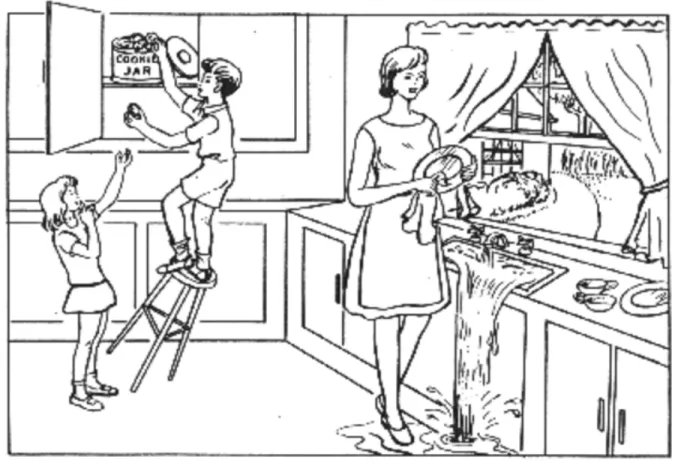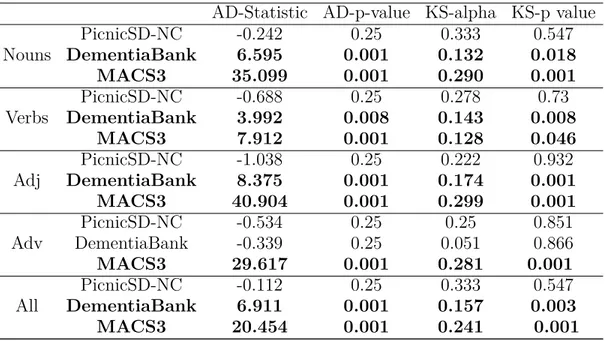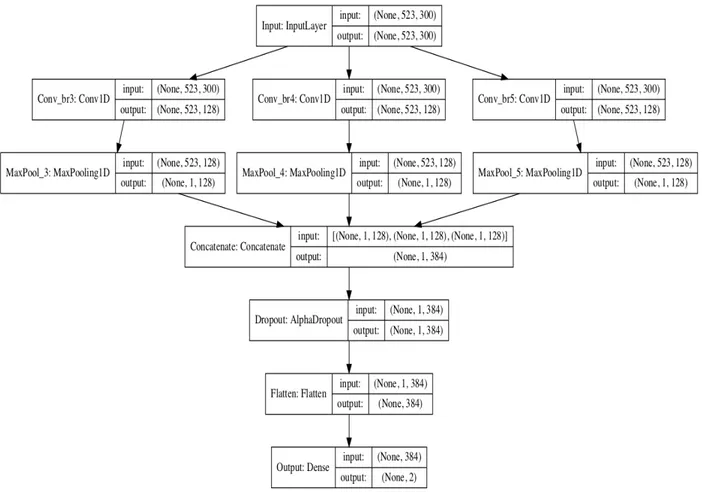Prediction of Alzheimer's disease and semantic dementia from scene description: toward better language and topic generalization
Texte intégral
Figure




Documents relatifs
In this paper we present the current status of linguistic re- sources published as linked data and linguistic services in the LLOD cloud in our research group, namely BabelNet,
Recently, stimulated Raman histology (SRH) [1] has emerged as a label-free microscopy technique, using stimulated Raman scattering (SRS) [2], that produces virtually stained images
Write down the most general renormalizable lagrangian and discuss the features of the fermion mass spectrum at tree level and beyond (notice you do not need to work out all the
Not only can Teanu, Lovono and Tanema be individually linked to Proto Oceanic, but they can also be shown to form a set of three closely related languages.. It is possible to
Lastly, for problems with a very large number of classes, like Chinese or Japanese ideogram recognition, we suspect that the unbalance of the number of the
of the Laplacian; indeed we prove that the solutions of the Maxwell- Lorentz equations converge - after an infinite mass renormalization which is necessary in order
The orientation is confirmed by a pair of creatures or mounts ( v ā hana ) depicted on the pedestal of each Bodhisattva: lions in the East, horses in the South,
Xieshu WANG, CEPN, UMR-CNRS 7234, Université Paris 13, Sorbonne Paris Cité xieshu.wang@gmail.com.. Joel RUET, CEPN, UMR-CNRS 7234, Université Paris 13, Sorbonne Paris





![Fig. 4.3. Inception module with dimension reduction Image from "Going Deeper with Convolutions"[49]](https://thumb-eu.123doks.com/thumbv2/123doknet/12165673.313117/59.918.112.777.105.564/inception-module-dimension-reduction-image-going-deeper-convolutions.webp)